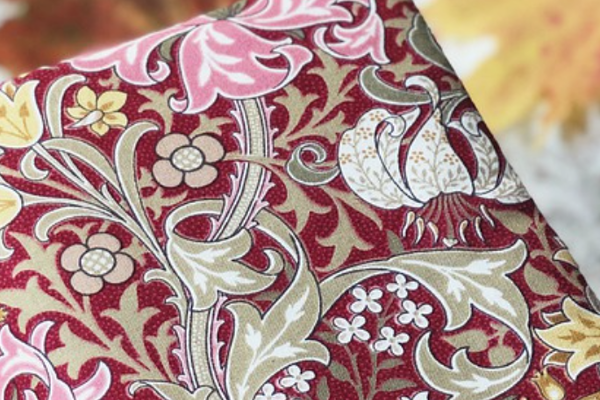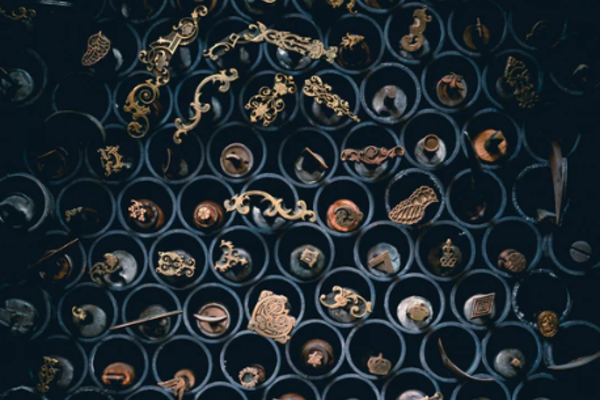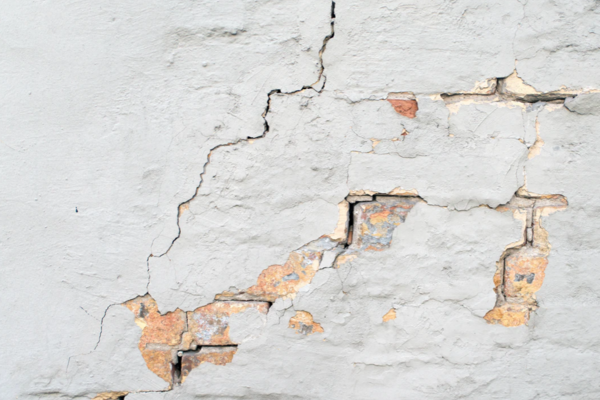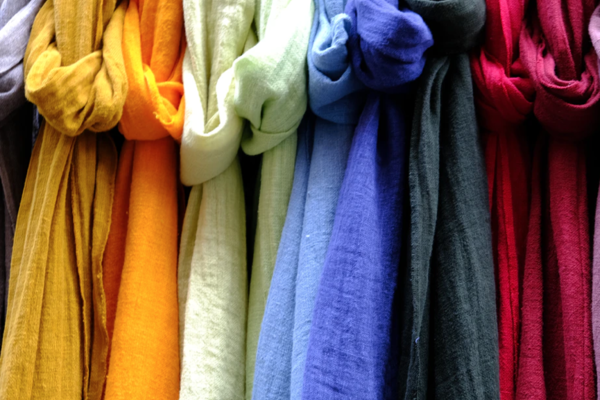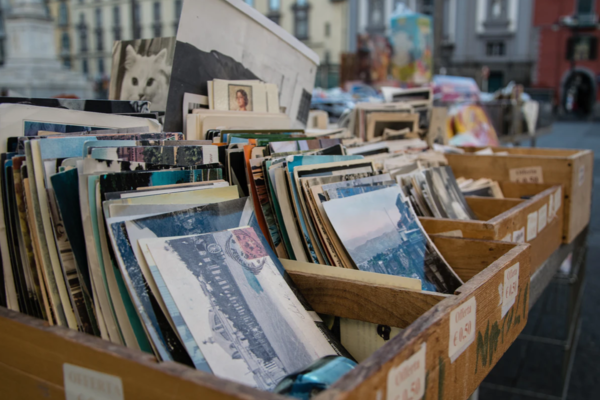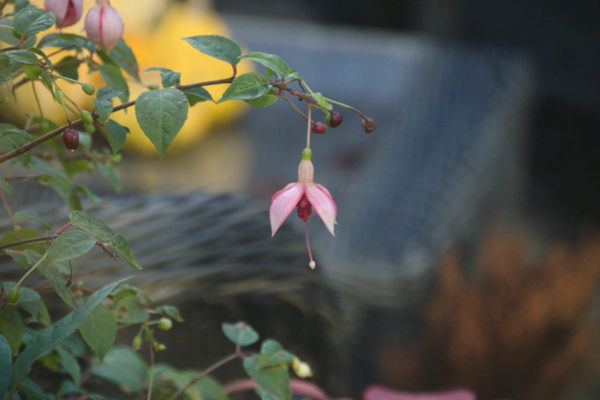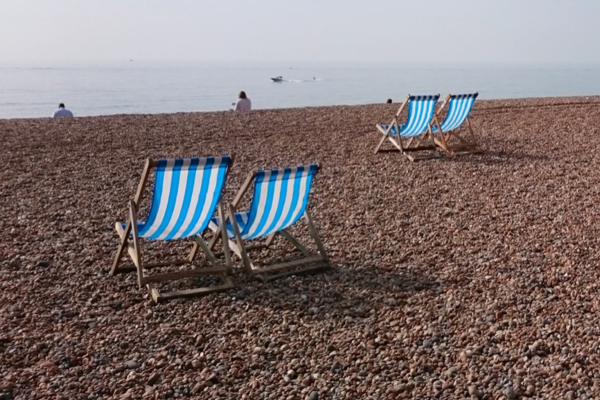Lock in, lock out, Lock down
21st February 2020 Laing Art Gallery, Newcastle Upon Tyne
I meet my cousin Teresa in the bustling café of my favourite city gallery, just round the corner from my office. The locked down campus is not even a murmur on the horizon. Over lunch we discuss the situation in Italy, friends are not returning to their campus in Northern cities to teach their new term next week. A press conference from the Italian Health Ministry this week talks of national emergency & security powers, threats to safety of the whole population. Special measures are introduced to combat the threat. The authorities are testing thousands and suggesting self-isolation. It seems like a story from a novel since its realities had not yet hit public consciousness in the UK at all.
We sip our cappuccinos and talk of family here and life over there, my old home in the Alps.
Where do you feel most at home? people ask
Depends on where, when and why you ask me, I think
February 22nd, 2020 Northumberland
The Enchanted interior exhibition stirs memories long buried, mixed emotions. It brings together my teenage passion for the pre-Raphaelites with a love of interiors as a painter & decorator’s daughter. My Dad was a struggling decorator on £13 a week in the 1960s, making extra cash by wallpapering William Morris prints in the posh suburbs, just North of this gallery. Dressing a room, staging a room, painting walls are activities very close to my heart.
Home is mixed space now, an exiled space rented in others’ houses, my own home is a denied space in another country. To add to our construction of ‘home’ we navigate belongings across borders when we move countries. I inhabited, and I think I still inhabit, that liminal space of belonging between the gaps of other cultures. Living abroad as an economic migrant for a long time re-writes your relationship to your country of origin and your relationship with your ‘host’ country or place. When you say you are ‘going home’, where exactly do you mean? When something bad happens, do you think about ‘going home’ to blighty? The complexity also plays out in stereotypes because you might feel very rooted in your local community abroad and then, suddenly you are stereotyped as foreign. So, home and its definitions have been a long term personal and academic interest to me.
This exhibition is proposing that home has an ambivalence, it is re-visited as a place of female lockdown. Home is explored as a place of containment, Victorian containment. This collection explores the sinister implications of the interior as a ‘gilded cage’ for privileged middle-class women. The boundaries of these spaces are not negotiated, the freedoms not in their hands at all. As an immature working-class teenager, I had admired the beauty of these interiors & sensual delight of the passive beauties. I was woefully unaware of context and the inheritance of women on Tyneside in their struggles for social rights. My Grandmother, born in 1905, had talked about when she was young and how ‘respectable’ girls did not go into pubs. If they did, it was to go in the Lounge area. What a contrast to the freedoms of women on Tyneside today, making merry on a Friday night.
As we wander into the second room of the exhibition, I see a Virginia Woolf quotation on the right wall, in fine calligraphy, next to the velvet tones and russet reds of Edward Burne-Jones’s Laus Veneris.
23rd February 2020
Burne-Jones was well-known for his ambivalent attitudes towards women and marriage. He was reputed to have said that all women should be “locked up”. In this painting he depicts erotic love as stifling and in that era men were depicted as passive victims of female wiles, their downfall blamed on the attractions of these desired love objects, lounging in their velvet interiors.
A Victorian example of woman blaming? It was the beauty in the cage that tricked him. A Victorian excuse of our modern day ‘it was her short skirt that caused me to rape her’. It feels like a painterly version of ‘see what you made me do’, so much an embedded part of the representation of romantic love that women have had thrust upon them.
Reasons women were admitted to asylum West Virginia Hospital for the Insane (1899)
- Novel reading
- Ill treatment by husband
- Imaginary female troubles
- Immoral Life
- Over taxing mental powers
- Menstrual derangement
- Political excitement
- Religious enthusiasm
- Dropsy
- Masturbation
- Grief
- Not fulfilling wifely duties
- Studying
Source: Taylor, J. (2020) Why Women are Blamed for Everything. Derby: Victim Focus.
I know I can tick a good few of these on the list. I think I would need to be sent to de-tox for novel consumption levels. Privileged women were not considered imprisoned in their luxurious spaces and their laments at this containment or locking in were unreasonable not given credibility. Credibility of female testimony has always been questioned, more so if the trappings of your world are valued. In fact, if they lamented too much, they would be ‘locked In’ to an asylum, committed by their husbands or relatives for transgressing social norms. They were breaking the code of refusing to put up and shut up. Had they not wanted this? Were they not fortunate?
25th February 2020
The quotation on the right wall in the gallery has unsettled me
“I thought how unpleasant it is to be locked out; and I thought how it is worse, perhaps, to be locked in”
Virginia Woolf
It is calling to me
Lock in
Lock out
Lock down has still not yet entered our conscious vocabularies
Anon.



